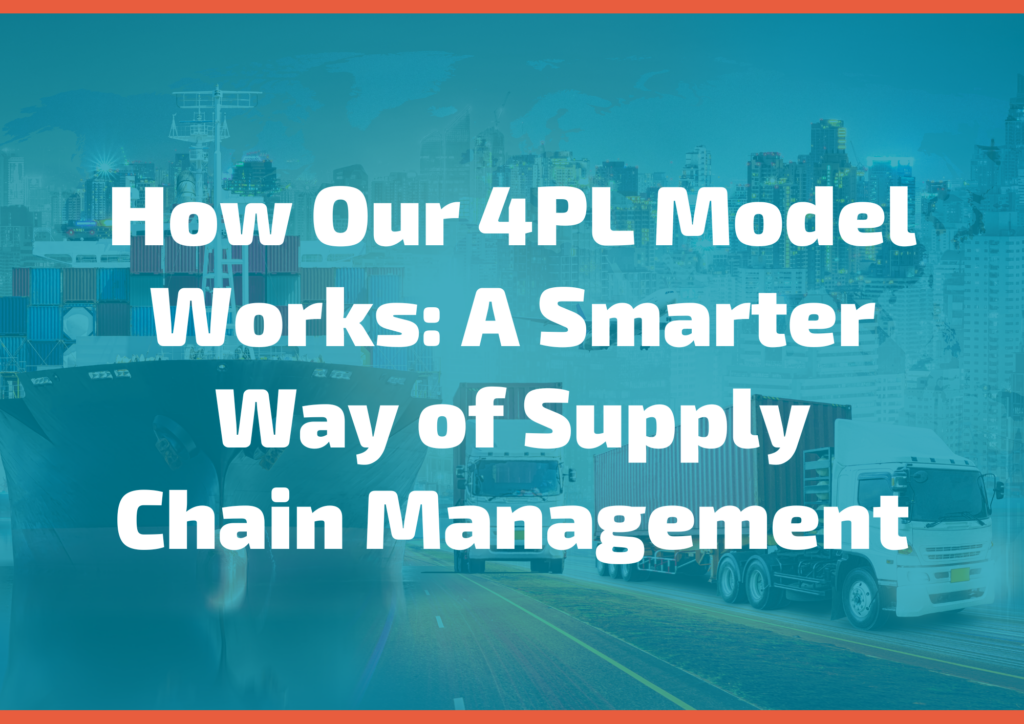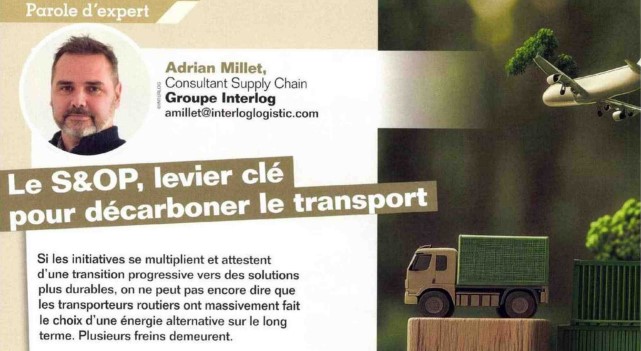An article written by Ludovic Knysz, Transport Director, Interlog Group.
The transition to alternative fuels – primarily electricity – should help reduce the carbon footprint of transport. However, this is a long-term perspective that faces major structural and economic challenges. Certain complementary strategies, which are quicker to implement, can save us time in achieving our decarbonization objectives.
Electrification of transport: a half-century horizon
Decided last March by the European Union, the ban on the sale of new combustion-powered cars will come into force in 2035. From that date onwards, only electric cars (and other clean alternative fuels) will be marketed. It will take many more years, if not decades, for the French car fleet – around 40 million cars – to become carbon-neutral.
To date, this EU decision only concerns vehicles weighing less than 3.5t. For other vehicles – notably heavy goods vehicles, which account for almost 90% of overland freight transport – there are no plans to stop marketing combustion engines for the time being. When the time comes, the transition of freight transport to all-electric power will undoubtedly take several decades.
Such a timescale is probably not a luxury we can afford.
All the more so as the investments required for the electrification of transport are substantial, both on the part of the State (electrical production capacity and recharging infrastructure) and transport companies (replacement of vehicle fleets).
Decarbonization requires several complementary strategies
It is neither realistic nor reasonable to focus entirely on the electrification of heavy goods vehicles. The National Low-Carbon Strategy (SNBC) launched by the government in 2022 cites several levers that can be used to reduce road transport emissions:
– Decarbonizing the energies used (essentially by switching to electric power);
– Reducing vehicle fuel consumption;
– Moderating transport demand;
– Improving vehicle load factor;
– Shift to lower-emission modes of transport.
This last point has a clear advantage over the others: it is relatively easy to implement, as the infrastructure already exists. However, it is largely under-exploited.
The under-exploited potential of road-rail transport
The EU has set a target of reducing GHG emissions by 55% by 2030, compared with 1990 levels. For the time being, this pace is not sufficiently sustained: in France, prolongation of the current trend would lead to emissions of 340 Mt of GHG in 2030. To meet the European target, we need to aim for 270 Mt.
Modal shift, and more particularly road-rail, can save us time and enable us to accelerate towards the European target. The infrastructure is there. The real challenge is to make better use of road-rail, which today is penalized by two main factors: flows are essentially north-south; there is too little return freight (imbalance of existing flows).
Today, we’re sorely lacking in road-rail over a large part of France. It’s not a problem of infrastructure, it’s a problem of operators and proposed flows. There are two main areas where we can change this situation relatively quickly:
– Encourage manufacturers to turn to road-rail to create flows (on the one hand) and encourage operators to propose offers (on the other);
– Better combine upstream and downstream flows to create synergies and balance flows.
Favouring road-rail transport isn’t more expensive or cheaper, but it’s certainly greener. By way of example, a delivery from the north of Paris to the south-east of France, for a door-to-door full truckload, represents 53.43 g/t-km in “diesel” mode, compared with 16.59 g/t-Km in “road-rail” mode (including pre- and post-carriage). This represents a 69% reduction.
This should give us a major boost in reaching our targets.
About the author
Before joining the Interlog Group in 2022 as Transport Director, Ludovic Knysz was Logistics Director for Groupe Cemoi, a major French brand specializing in the production of chocolates and confectionery.
Between 2006 and 2008, he was Supply Chain Director for the Pierre Martinet food group. He was previously Operational Logistics Manager for the Cemoi Group (2000-2006).
Link to the article: https://supply-chain.net/tribune-emissions-carbone-dans-le-transport-comment-harmoniser-et-fiabiliser-les-methodes-de-calcul/


